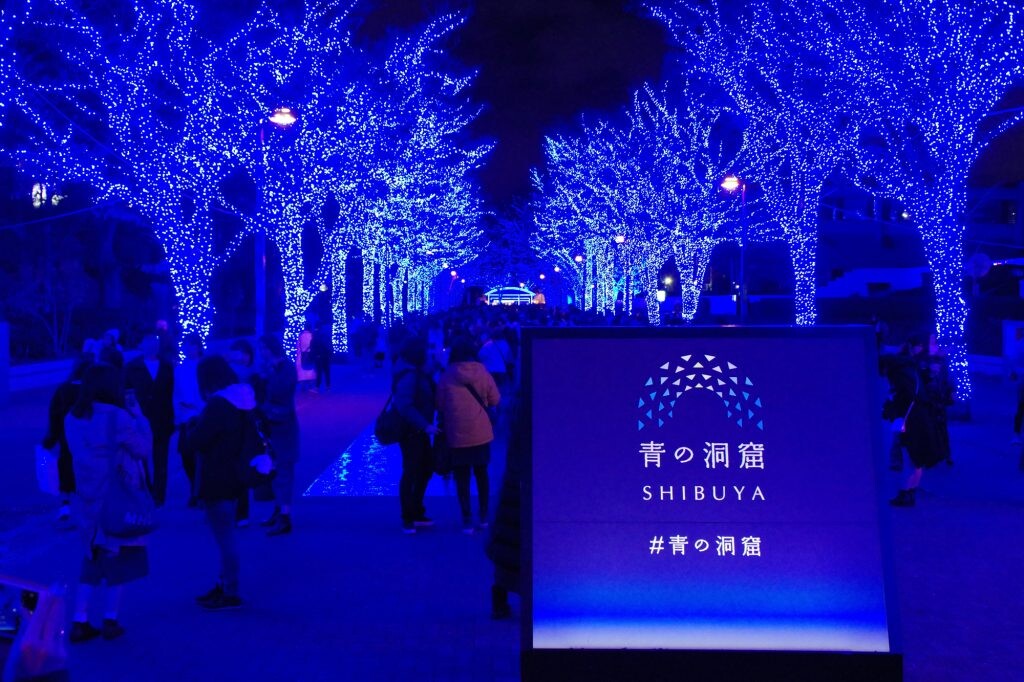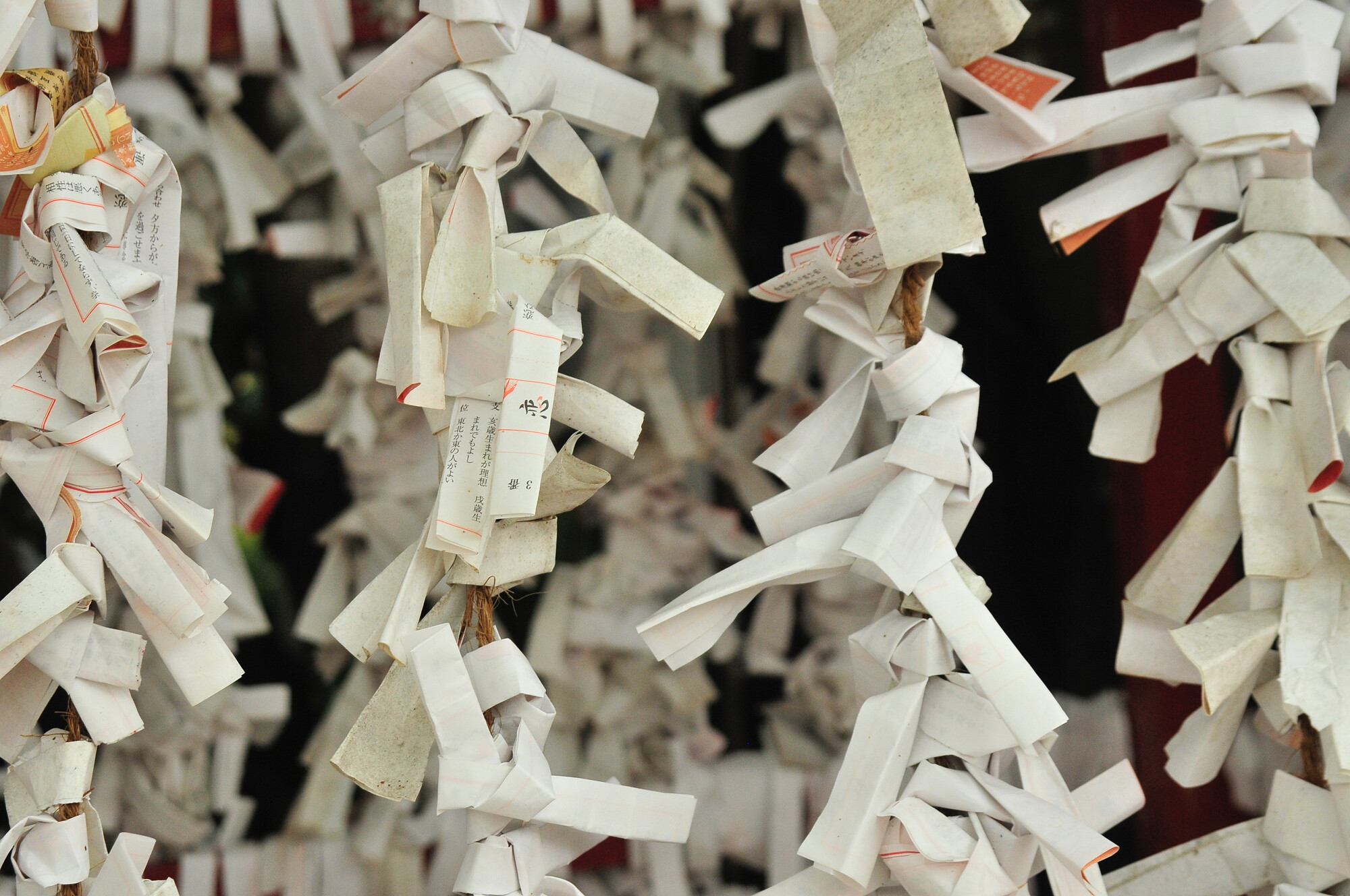
Welcome back to our “Video & Article” series with tutor Miki. In this article and video, Wasabi Tutor Miki teaches you phrases and vocabulary related to the Holiday Season in Japanese. And more importantly, you can learn about some important traditions and customs that come with New Year’s celebrations in Japan!
| Table of Contents [Introduction] [Christmas] [お正月 - Japanese New Year’s] [New Year’s Traditions] [Vocabulary List] |
[Introduction]
In this lesson, Miki introduces phrases and vocabulary related to the Holiday Season in Japan. While Christmas is only a minor event, celebrating the New Year is an important custom usually celebrated with one’s family. Learn what happens on Christmas and for New Year’s in Japan and learn all the phrases you need to get through these final weeks of the year![Christmas]
First, let’s talk about Christmas. Christmas is called “クリスマス” in Japanese. In Japan, Christmas is actually more of a couple’s holiday than a holiday spent with your family. In other words, many people in Japan spend Christmas with their partners or just with friends and not with their family. Miki also notes that many people do not celebrate Christmas for religious reasons (although some may!) but that it’s rather a day to enjoy the wintery atmosphere made warmer by illuminations (especially in Tokyo!), exchange small presents or have a romantic date with your partner. On Christmas eve, which is when Christmas is usually celebrated in Japan, many people eat fried chicken or have a Christmas Cake with a Santa Clause figurine on top. The cake is often a “ストロベリーショートケーキ”, since strawberries are in season in winter in Japan, and Santa Claus is called “サンタさん” in Japanese. Many kids in Japan are taught just like in many other countries that Santa Claus comes to visit only those kids that have behaved well throughout the year. クリスマスイブはサンタさんが来 る日 。 Christmas Eve is the day Santa Claus comes. On Christmas, many people say “メリークリスマス”, which is often shortened to “メリクリ”.
[お正月 - Japanese New Year’s]
After Christmas, many people who live in the city to back to spend New Year’s Eve with their families who often still live in rural areas. The new year is called “新年 ” or “正月 ” in Japan. Unlike Christmas, where most shops and restaurants are open, a lot of places are closed on New Year’s Eve and many small shops are closed for at least a day if not more during the first week of January. “Happy New Year” is “新年 あけまして、おめでとうございます”, or with friends, you can just shorten it to “あけおめ”. But don’t forget that both “メリクリ” and “あけおめ” are very casual expressions and it’s not appropriate to say these phrases to your superiors at work or to your elders. If you want to level up your New Year’s greeting from just “新年 あけまして、おめでとうございます”, you can add “今年 もよろしくお願 いします”, which means “I humbly look forward to a continued good relationship during the new year as well”. If you want to be more casual, you can say “あけおめ、ことよろ!”, which just shortens the long “明 けましておめでとうございます。今年 もよろしくお願 いします” to a couple of syllables. Another phrase that is commonly used is “良 いお年 を!”, which means “I hope you have a great year!”.[New Year’s Traditions]
On New Year’s Eve, it is a common tradition in Japan to eat Soba noodles. Soba noodles are a speciality in Japan which are made from buckwheat. The Soba eaten on New Year’s Eve is called “年越 しそば”. “年越 し” means “The passing year”. “年越 しそば” symbolises a long life because the Soba noodles are long, like Ramen noodles. They represent a prayer for long life. Tutor Miki recalls that she used to eat handmade Soba near her house as a kid with her family around one hour before the new year. She always loved the Toshikoshi-Soba served in a hot Dashi broth with Tempura, a poached egg, and sprinkled with some green onions while watching the New Year’s specials on TV and being allowed to stay up late with her siblings.

単語リスト(Vocabulary list)
| 年末 年始 | Nenmatsunenshi | New Year’s holiday, period between the end of the old and beginning of the new year |
| 添 える | Soeru | To garnish, to accompany |
| クリスマス | Kurisumasu | Christmas |
| サンタさん | Santa-san | Santa Claus |
| メリークリスマス | Merii kurisumasu | Merry christmas |
| メリクリ | Merikuri | Shortened form of “メリークリスマス” |
| 新年 | Shinnnen | New Year |
| 正月 (often: お正月 ) | Shougatsu (Oshougatsu) | New Year, New Year’s Day |
| (新年 )あけましておめでとうございます | (Shinnen) akemashite omedetou gozaimasu | Happy New Year |
| あけおめ | Akeome | Shortened form of “あけましておめでとうございます” |
| 今年 もよろしくお願 いします | Kotoshi mo yoroshiku onegaishimasu | I look forward to a continued good relationship in the new year. |
| ことよろ | Kotoyoro | Shortened form of “今年もよろしくお願いします” |
| 良 いお年 を | Yoi otoshi wo | Have a good New Year |
| 年越 しそば | Soba | Soba eaten on New Year’s Eve |
| 初詣 | Hatsumoude | First visit to a shrine in the new year (usually after midnight) |
| 吉 | Kichi | Good fortune (can be combined with 大 (big), 中 (normal), or 小 (small) to express the extent of the good fortune) |
| 凶 | Kyou | Bad fortune (can be combined with 大 (big), 中 (normal), or 小 (small) to express the extent of the bad fortune) |
| おみくじ | Omikuji | Fortune-telling paper strips |
| おせち料理 | Osechi ryouri | Food served during New Year’s holiday (often symbolising blessings for the New Year) |
| 豆 | Mame | Bean, legumes |
| まめ | Mame | Diligent, hardworking, faithful |
| まめに働 く | Mame ni hataraku | To work diligently |
